According to the Pew Research Center, 59.9 percent of women were working by the year 2000, up from 37.7 in 1960. Regardless of this increase, the Pew Research Center said these numbers have recently plateaued.
“Recently released projections from the Bureau of Labor Statistics indicate that the female share of the labor force will peak at 47.1 percent in 2025 and then taper off to 46.3 percent by 2060, meaning that women will remain a minority of the labor force,” according to the Pew Research Center.

The Pew Research Center conducted a survey to show the percentage of men’s and women’s thoughts on female representation in the workforce. (Haley Mosher and Amanda Lund)
Keryn Ross represents this minority in her field of study.
The familiar question “What do you want to be when you grow up” was one Keryn answered confidently in second grade: a volcanologist.
It started when Keryn read a nonfiction book about a kid who lived in Hawaii. One day, there was a volcanic eruption, and he and his parents went and watched the scientists working on the lava front. Keryn doesn’t remember much else about the story but remembers her intrigue of volcanoes growing.
“I decided that’s what I wanted to do, in second grade,” Keryn said of the recount. “I want to go to Hawaii, and I want to go to the volcano.”
As a stay-at-home mom in a one-income family, Keryn’s mom said going to Hawaii wouldn’t be possible, but her mom said, “save your pennies.”
“I started saving my pennies, but I realized it was going take too many,” Keryn said. “So, I gave up. But I never gave up wanting to study volcanoes.”
As a 23-year-old graduate student, Keryn’s dream came true. She visited Hawaii for the volcano monitoring field camp at the University of Hawaii at Hilo. Keryn’s second-grade dream finally became a reality.
The Daily Universe interviewed a variety of women in nontraditional fields to better understand their experiences in industries largely dominated by males.
Kristine Silvester
Auto shop owner
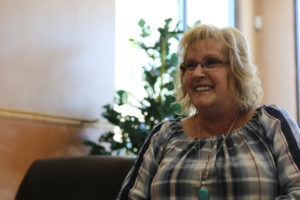
Kristine Silvester co-owns and co-manages the Honest-1 Auto Care in Provo. (Ty Mullen)
Carrie Cromwell
Nurse anesthetist

Carrie Cromwell with her daughter Olivia on career day on May 19, 2017, at her school. (Carrie Cromwell)
Marissa Twitchell
Microsoft software developer
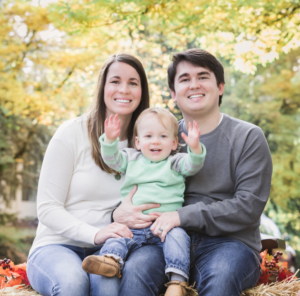
Marissa and David Twitchell hold their son Neil for a family photo. Marissa and David both work for Microsoft. (Marissa Twitchell)
Shelly Savage
Family doctor
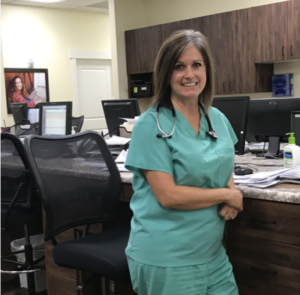
In Fall 2018, family doctor Shelly Savage stands in the medical clinic her husband owns and runs. (Camille Baker)
Candice Child-Illum
Former Army helicopter pilot
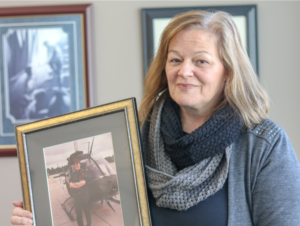
Candice Child-Illum poses on Nov. 15 with a photo of her as an Army helicopter pilot. Child-Illum flew an OH-58. (Lexie Flickinger)
Keryn Ross
BYU geology professor and volcanologist
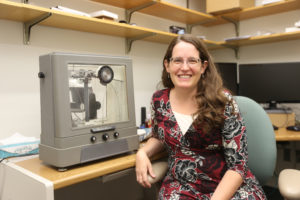
Keryn Ross poses with the chemical balance machine she uses in her research. (Ty Mullen)
Lisa Barrager
Cloward H2O project manager

Lisa and Adam Barrager pose with their three kids, Katie, Calvin, Sophia Barrager, for a family photo in 2014. (Lisa Barrager)
“There’s a lot of people pushing for diversity amongst all fields, not only tech but either engineering and other ones that have, in the past, been male-dominated,” said David Twitchell, Marissa Twitchell’s husband. “Those roles are going to continue shifting as we’ve seen in other occupations and other industries in the last while, and I think it’s going to continue to shift, and I think it’s great.”
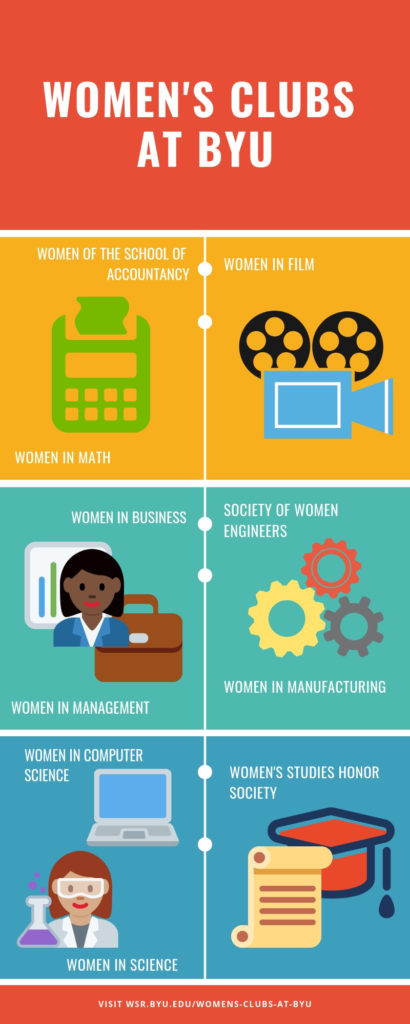
BYU has a variety of clubs and organizations dedicated to women in certain disciplines. (Created with Canva by Camille Baker)
